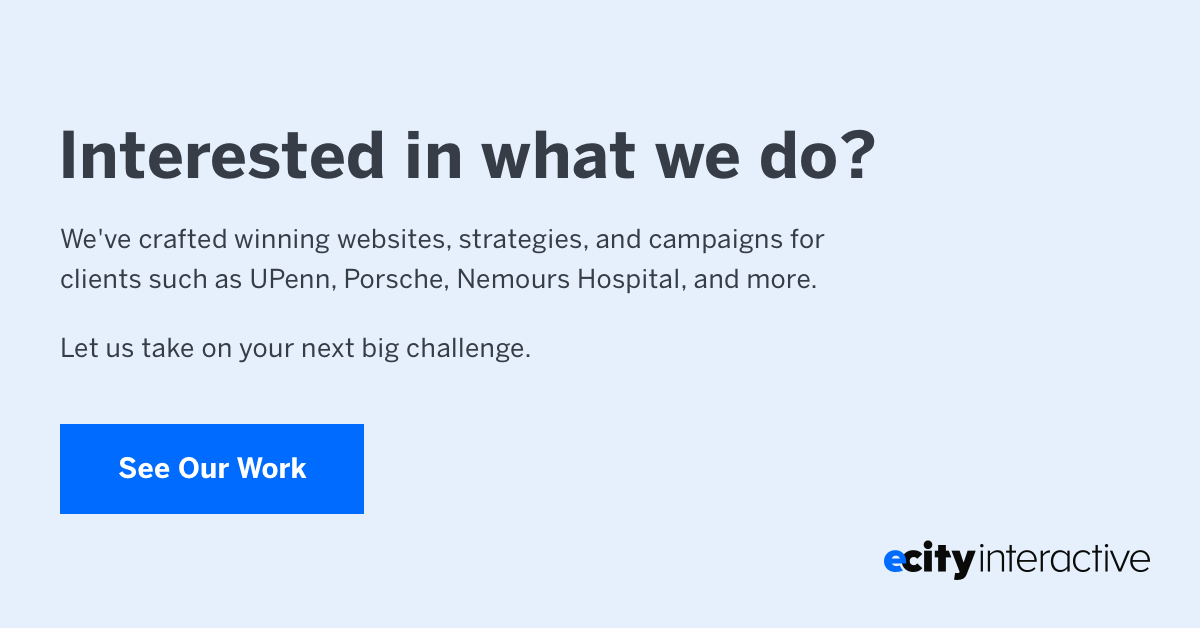Each year, students all over the world make one of the most important decisions in their lives. Which college is the right college? They will search the books, skim the blogs, talk to their counselors, but their decision could ultimately depend on your college recruitment strategies.
How do you keep them interested? It takes a little extra work initially, but if you put some time and thought into it, you’re likely to see an increase in enrollment. Here are eight strategies for turning those prospective students into current students.
1. Get social
If you’re not already on Twitter and Facebook, get there. Now. Set up a University Page (https://blog.linkedin.com/2013/08/19/introducing-linkedin-university-pages) on LinkedIn. Try Snapchat, if you’re feeling adventurous. Social media is a great way to generate leads. You can repurpose a lot of the content discussed in more detail below, but you can also post links from external sources that are relevant to your audience. Think outside of the box here, and develop a strategy that will speak to current and prospective students.
2. Wow them with your website
It may seem like a no-brainer, but a website that looks like it’s stuck in the ’90s makes visitors think you are, too. Hire a professional to make an intuitive, beautiful website that shows exactly what your college has to offer. Make sure there are plenty of visuals, and include content about the city or town you’re located in. Don’t forget that student life continues off campus — prospective students will want to know all about their adopted home.
3. Let them hear from their peers
Future applicants will want to know what it’s like to attend your school, and they should hear it from the people who are actually there. Create a hashtag for current students to use when they post campus photos or thoughts (#campustweets or #campuspics). You can pull pictures or quotes from this for your website and other marketing materials. (Make sure to clearly lay out guidelines and best practices for students — and the consequences if the rules are not followed.)
You can also film students talking about how they got where they are today, why they chose your school, and why they’re happy they made that choice. The videos should be short and snappy.
A nice spin on the old virtual campus tour concept is a student tour. Give a designated student a camera and tell them to film a ‘day in the life’ video. You’ll still want to have a traditional virtual tour on your website, so that students can see the entire campus, but this is a nice way for them to get a real feel for campus life. Aim to build your video collection up so that you’ll eventually have freshman, sophomores, juniors, and seniors from a variety of different majors and interests. Categorize them on your website, so a prospective student can get as close to their experience as possible.
Guide: Inbound Marketing for Higher Education – Learn how Inbound marketing can empower Higher Ed marketers to attract the right people, convert prospective students, close applicants and delight alumni.
4. Develop a drip marketing campaign
Many leads start with an email from a prospective student asking for more information about your school. This is all you need to start nurturing that candidate. A drip marketing campaign usually starts with an automated response. But make sure the ‘auto’ here doesn’t translate to automaton. Make the auto-response personable, friendly, with links to some places of interest on your website.
The drip continues as soon as possible after the automated email. You’ll want to follow up quickly (within 24 hours) with a personalized email from a counselor or staff member from campus recruiting. Try to set up a phone conversation or a Skype meetup, so that you can answer any questions. Keep the drip going at a steady clip, sending emails until the student fails to continue to express interest.
Emails could include a video walk-through of the campus, student testimonials, campus news, interesting course offerings, an alumni spotlight, and hot spots around town. This content should be parceled out in manageable portions over time, always directing them back to your website via relevant links.
5. Offer a Personalized URL
In that first communication after the automated response, it’s a good idea to include a personalized URL. Set up a page on your server for prospective students to fill in their interests, likes, dislikes, age, and more. If they take the time to do this, that’s a good sign. And the more information you have on the future applicant, the more you can gear the content you send to them. You can automate this process with a keyword search.
6. Retargeting and Paid Search Marketing
If you want to expand your reach beyond your domain name, consider retargeting and/or paid search marketing. Retargeting involves placing some unobtrusive code on your website. The code will identify new visitors and drop a browser cookie that follows them whenever they surf the web. The cookie will then serve your ads to the user across the internet. The idea is that this will reignite interest and bring the user back to your website.
Paid search marketing is a process in which you partner with a search engine or website to keep your ads in front of the future applicant. Most of these involve a pay-per-click fee, where there is an additional cost each time your ad is clicked.
7. Webinars
Webinars are a great way to prove your value to a prospective student. Your webinars should offer something students can’t get anywhere else, whether it’s the chance to ask your Dean of Students questions or a panel discussion among admissions staff. This is another great way to get those current students in front of prospective students, for example, with a “Favorite Courses” or “Choosing Your Major” webinar.
8. Offer an online open house
This could likely be the final step in closing the lead. For many students, a physical open house isn’t an option. Moving the process online opens up possibilities for both your school and the student. This is where prospective students can find out about housing options, financial aid, food service, student services, and more. Make sure to include a virtual tour, student testimonials, and a question and answer period, just like a regular open house.
College recruitment is as much a science as it is an art. But if you use these strategies to target prospects on a personal level, you’ll likely find those applications piling up in your admissions office.




